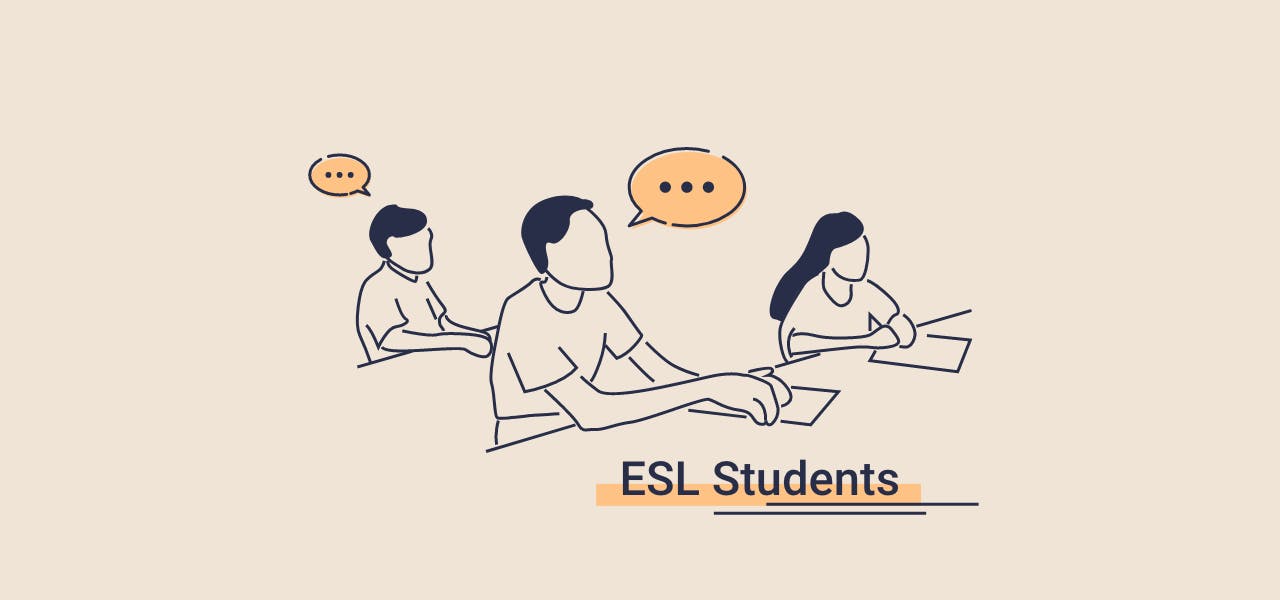Whether you’re a recent grad or it’s been a minute since you were last on the receiving end of a classroom lecture, you probably remember your favorite teacher. He or she was the one who made an impact on you because they saw your potential and encouraged it to flourish. They likely role-modeled a passion for the subject they taught and life in general. More than anything, these kinds of instructors teach their students to shoot for the moon, knowing that, even if they don’t reach their target, they’ll still land among the stars.
Unfortunately, many teachers don’t have this mindset. They instruct from the limiting belief perspective, where they stereotype learners in ways that inhibit the sharing of knowledge. This “deficit model” occurs when an instructor believes that a student can’t absorb the material because of a character flaw they have, such as laziness, a learning disability, or another deficit. Many times, though, what we as teachers offer to our students is what they accept about themselves. Teaching via a deficit paradigm means our learners will use those deficits to give up instead of push themselves harder. This is often true with ESL students who are branded as unable to learn when the problem is simply they don’t understand the language the lesson is taught in.
What is the Deficit Model?
In a deficit model of instruction, there is always a population of learners that are stereotyped by the instructor as unable to learn because of what’s usually a good reason. For instance, in the case of ELL/ENL/ESL students, many of them came from their home country to further their education before they were fully fluent in English. This lack of language knowledge leads instructors to treat them as minorities, focusing on what the student can’t do rather than what they can.
In this manner of instruction, these students are often given less status in the classroom than their majority peers. Their needs are overlooked because their deficit is their ticket out of hard work. Instead of fixing the problem, the instructor uses it as a crutch, handing it to the student whether they want it or not. This is especially true in ESL students when the subject in question isn’t language arts-related. The math, science, and history teachers, for example, weren’t tasked with teaching their students how to read English. Therefore, they focus on the content and not ensuring the concept gets through to students who could master the material had they only understood the language.
Switching to a Higher Expectations Model
The significant problem behind this deficit model is that it harms students who would otherwise be successful. When a learner is handed a free pass to use as an excuse to not learn, the default response is to accept it. But all students can learn, regardless of their “deficits,” if the instructor sets, models, and helps students to develop and reach for high expectations. This is the “growth mindset,” the opposite of the deficit.
Setting high standards is one thing; without helping the learner to create goals to reach them, those standards likely won’t be met. Many times, students will become overwhelmed and give up when the expectations are too high and the scaffolding is too low. With a higher expectation, growth mindset model, the teacher instills those expectations with optimistic perspectives, realistic goals, and student achievement targets.
When you as the instructor move to a growth mindset with higher expectations, you focus on what your learners can do. If you see a deficit, you target it as something to fix rather than an excuse as to why they can’t do the work. Depending on your institution’s support, you may have resources already available. If not, your classroom is your resource. You can help your ESL learners, and those with other deficits, by using it to its maximum potential. Some suggestions include:
● Assigning one of your leadership students to be a mentor
● Creating an intervention system individualized for your struggling learner
● Setting up tutoring sessions during study hall or after school, either with you, another teacher, or a responsible student
● Setting short-term plans and long-term objectives
● Reminding your learners that setbacks are inevitable and that these, too, are chances to learn
● Using the data at your disposal to plan goals for each student
● Bringing the learner into the goal-setting strategic planning to see what they need from you and others in order to feel like they’re on the path to success
Remember that what you offer is important, but if the student doesn’t own their self-responsibility for learning, nothing you offer will have a long-term impact. By bringing the student in and giving them a voice, encouraging their participation and asking for their input, the plan to help them grow is more likely to be successful.
Improving Academic Reach with Impactio
Researchers have been studying the impact of deficit and growth models of instruction for decades, and the instructor’s willingness to set and model high expectations is linked intrinsically with higher learning outcomes. You can use the data from your students’ assessments and prior records to compile your own research results, and whether you want to use that information to design an academic article or create your own lessons, you need a program like Impactio that gives you the tools to do it all.
Impactio’s software solution platform seamlessly processes your content into professional layouts. Whatever academic paper you are designing, it’s an easy, low-stress task that is finalized as PDF and web-based forms. With Impactio, the data you analyze turns into research outcomes that make a difference in the world through academics.
